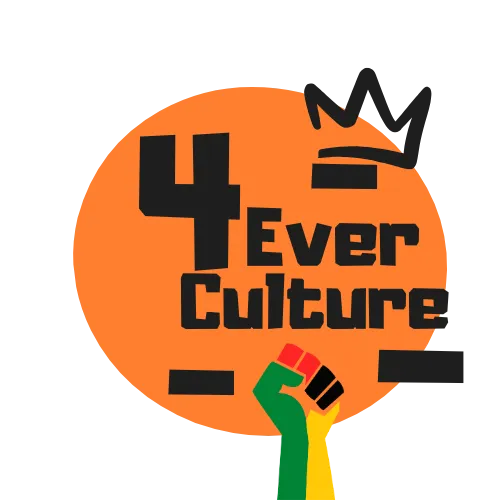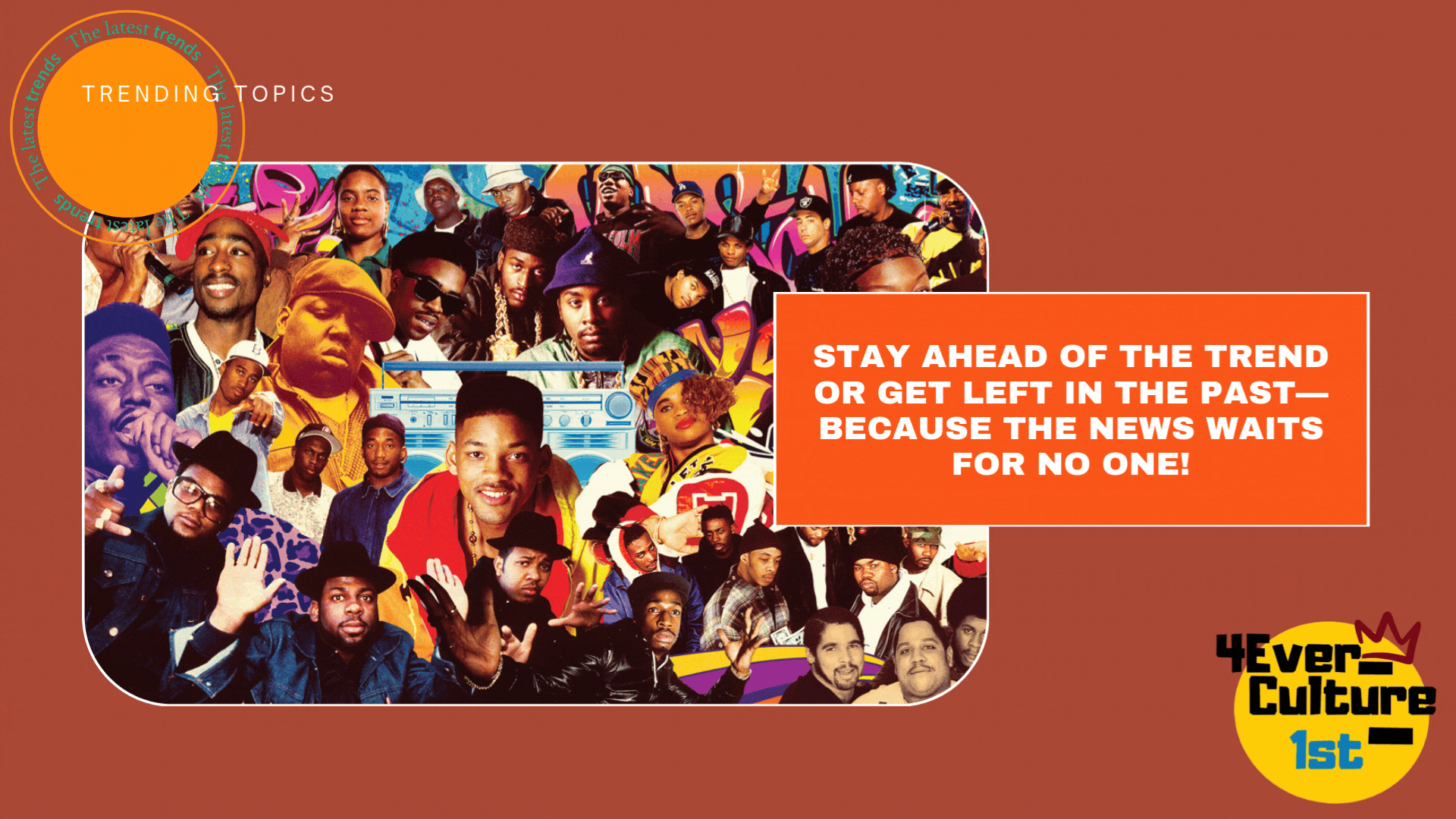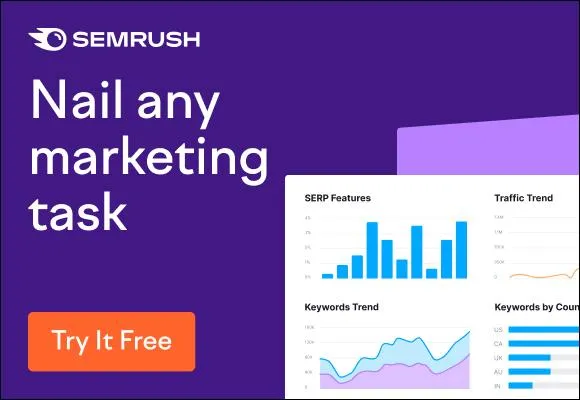
Growing Up Hip Hop with Mixtapes: How Street Tapes Shaped a Generation
🎧 The Mixtape Era Had the Music Industry Shook
I still remember the first time I held a bootleg mixtape in my hands. Scratched-up CD, no tracklist that made sense, and some wild Photoshopped cover with flames, cash, and a rapper mean-muggin’ in front of a Bentley. And yet, that mixtape felt more powerful than anything I heard on the radio.
Back then, I didn’t fully realize I was holding a piece of rebellion. I just knew it was fire. But after years of soaking up the sound, and doing the research behind it—I can say it plain: the mixtape era had the music industry shook.
In this article, I’m breaking down how it happened. The grind, the culture, the takeover. And if you want to hear my unfiltered thoughts—straight from my perspective—check out the full video version on our YouTube channel. I go even deeper on the mic. 🎥
Watch the video here 👇
Growing Up Hip Hop with Mixtapes: How Street Tapes Shaped a Generation
🔥 Mixtapes: More Than Just Music
💿 The Rise of the Independent Hustle
🧠 DJ Drama, the Feds, and the Day Mixtapes Got Too Big
💰 The Mixtape Economy Was Real
📉 How Streaming Killed the Mixtape Era
🔁 Why the Mixtape Blueprint Still Matters
🔥 Mixtapes: More Than Just Music
Let’s be real—when people today hear “mixtape,” they think playlist. But if you were around during the real mixtape era, you know it meant something else. Mixtapes were raw. Unfiltered. Sometimes illegal. But always real.
These weren’t album rollouts blessed by a label. These were unofficial collections of freestyles, unreleased songs, and borrowed beats—with rappers going in like they had a point to prove. Because most of the time—they did.
What made mixtapes different was the culture behind them. They weren’t made for chart positions. They weren’t designed for mainstream appeal. They were made for the block. The barbershop. The backseat. The whip with the bass too loud. These tapes spread through hand-to-hand hustle, word of mouth, and the early wild west of the internet.
Hip hop culture thrives in spaces that are free—free from rules, free from industry pressure, free from compromise. Mixtapes gave artists that space. And it scared the hell out of the industry.
💿 The Rise of the Independent Hustle
In my research and just from living through that era, one thing became clear: mixtapes built a whole underground economy. No label. No playlist placement. Just raw supply and real demand.
Artists like 50 Cent mastered it. After getting dropped and blackballed by the industry, 50 didn’t fold. He just started killing mixtapes. Guess Who’s Back, No Mercy, No Fear, the G-Unit Radio series—he flipped other people’s beats and made them his own. And it worked. The streets loved it. The industry had to take him back—on his terms.
Lil Wayne took it even further. His Dedication and Da Drought tapes made him the most prolific rapper alive. Mixtapes were his gym. That’s where he sharpened his pen, played with new flows, and destroyed everyone’s beats for sport.
Jeezy, Gucci Mane, T.I.—they made the South run on mixtapes. The trap sound didn’t start on the radio. It started on CDs passed around gas stations, car washes, and clubs. If you know, you know.
Ready for me to continue with the next sections and build this article to the full 3,500-word mark? I’ll move into:
DJ Drama and the raid
The mixtape money flow
How streaming changed everything
And why the blueprint still matters
🧠 DJ Drama, the Feds, and the Day Mixtapes Got Too Big
So let me tell you about one of the wildest moments I found in this whole mixtape journey.
January 2007. DJ Drama—aka Mr. Gangsta Grillz himself—gets raided by the feds. Not just a knock at the door. I’m talking a full-blown operation. They ran up in his Atlanta studio with a 20-man squad, seized computers, hard drives, CDs—like it was a drug bust.
Why? Mixtapes.
That’s how deep it had gotten.
Drama and his team were running one of the most influential mixtape operations in hip hop. If you had a Gangsta Grillz tape under your belt, it meant something. It meant the streets rocked with you. It meant the internet was paying attention. And most importantly—it meant you didn’t need a label to move units.
That was the threat.
The raid wasn’t really about copyright law. It was about control. When an independent DJ could launch careers and build nationwide buzz outside of the industry’s system, that system got scared.
And that moment, to me, was the turning point. It proved how powerful mixtapes had become—and how dangerous that power was to the old-school industry model.
💰 The Mixtape Economy Was Real
One thing I never fully appreciated until I started digging into this era is how real the money was.
We’re not just talking clout and cosigns. We’re talking physical sales, show bookings, street team hustle—a full ecosystem built off mixtapes.
Artists were pressing up their own CDs, printing custom covers, and moving thousands of copies without any label backing. Some were making more off their tapes than signed artists were making from their debut albums.
Mixtapes weren’t just promo—they were product.
And beyond just artists, a whole network of DJs, graphic designers, street promoters, and bootleggers were making money. You had folks designing mixtape covers in Photoshop, pressing them at home, and selling them for five to ten bucks a pop. That’s entrepreneurship rooted in hip hop culture.
Plus, once your name was buzzing from mixtapes? You could start charging for shows. Artists who built a name off the strength of a few tapes were suddenly pulling $5k, $10k, $15k for local performances.
That kind of independent power was unheard of at the time. It showed young Black artists and entrepreneurs that you didn’t need gatekeepers to get paid. You just needed hustle and heat.
📉 How Streaming Killed the Mixtape Era
As the 2010s hit, I started to feel it—the mixtape energy was fading.
Streaming came in like a tidal wave. And yeah, it made music more accessible. It made it easier to get your stuff heard globally. But it also changed the rules.
Sites like DatPiff and LiveMixtapes started losing traffic. CD sales disappeared almost overnight. And now, instead of dropping a tape for the streets, artists were formatting everything for Spotify algorithms.
Even worse—the term “mixtape” got watered down. Labels started calling albums “mixtapes” just to avoid chart pressure. Artists were dropping studio-quality “mixtapes” with all-original production and rollout campaigns behind them.
It felt like the soul of the mixtape era had been co-opted.
The freedom? Gone. The grit? Replaced with playlists and marketing plans. The direct-to-fan hustle? Now filtered through platforms that pay fractions of a penny per stream.
It’s not all bad—but it’s not the same.
🔁 Why the Mixtape Blueprint Still Matters
Here’s the thing, though: the mixtape blueprint never died. It just evolved.
You see it in how independent artists use SoundCloud, Bandcamp, and even YouTube to build buzz without needing a label.
You see it in the DIY rollout style—dropping surprise projects, building loyal followings, using freestyles and short-form content to show who they really are.
And you definitely see it in how fans respond to authenticity. People still want that raw, unpolished energy. That sense that they’re discovering something real before the rest of the world catches on.
Mixtapes taught a generation of artists how to grind. How to connect. How to build a movement from the ground up. And in my opinion? That lesson still hits.
📝 Final Thoughts: This Wasn’t Just an Era—It Was a Movement
The more I studied it, the more I realized this wasn’t just a musical moment—it was a cultural one.
The mixtape era was about taking control. About flipping the game when it felt like the game was never built for you in the first place. It gave a platform to voices that would’ve been ignored. It created careers that the mainstream couldn’t stop. And it gave fans something real to hold onto.
I still remember those covers. Those intros. That feeling of popping in a new tape and hearing a rapper go off for five minutes straight, no hook, no filter, just straight bars.
That feeling doesn’t come around often. But when it does—you remember it forever.
🎥 Want More?
If you want to hear me speak more on this from the heart—with even more real examples, personal memories, and deeper takes—check out the full video on our YouTube channel.
👉 Watch it here
And for more content on hip hop, culture, and the stories behind the sound, hit us up at:
🌐 4everculture.com

















